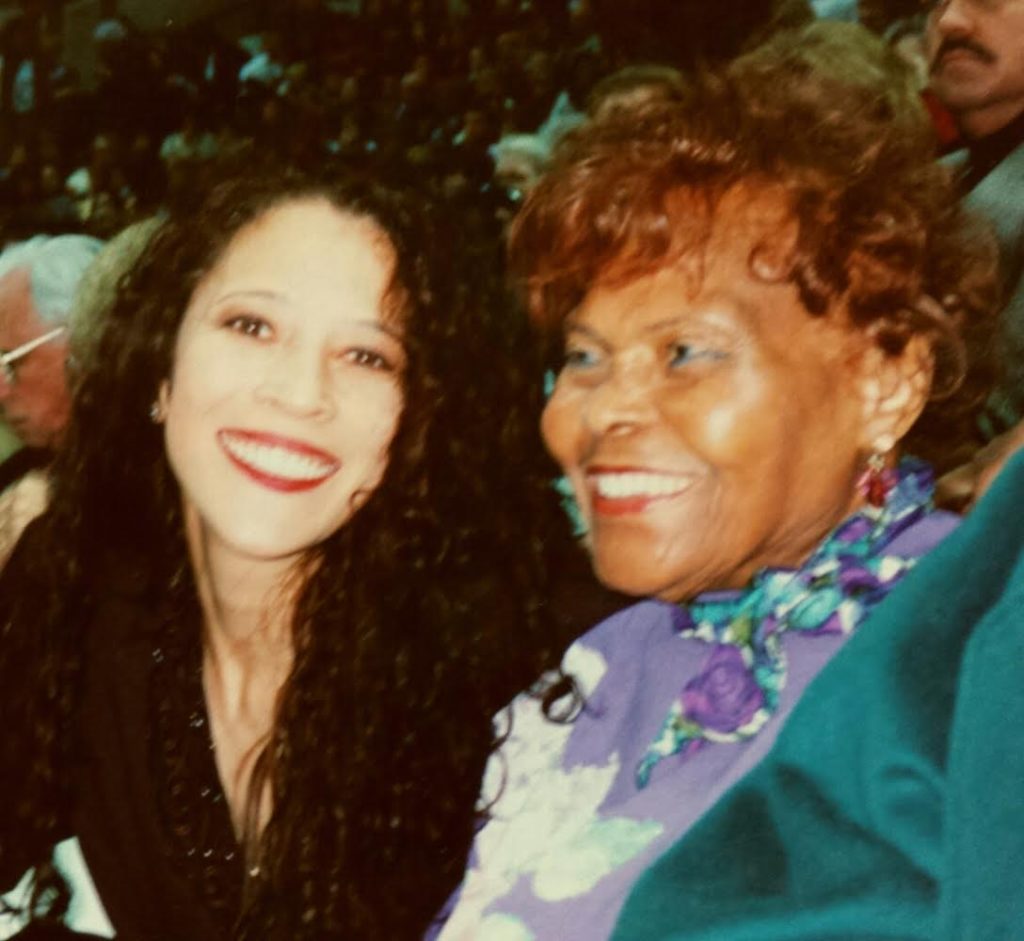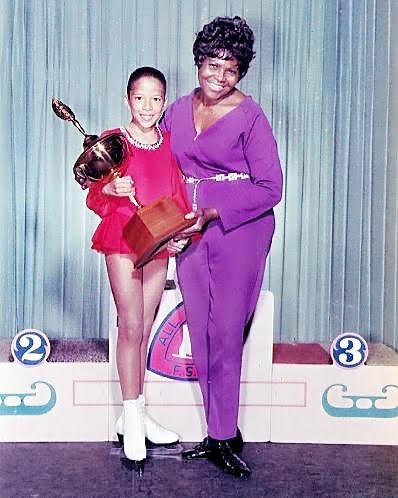The Pioneering Black Skater Who Danced on Ice
The 2022 Beijing Olympic Games may have closed last week, but we’ve still got Olympic fever over here at Dance Spirit. That just makes sense, considering the many parallels that exist between dance and figure skating. After all, dancers’ jumps—like triple tours or straddle jumps—don’t look so different from skaters’ triple axels and split jumps. Skaters spin dizzyingly on the ice, while dancers pirouette on marley. Both athletic artforms require lines, flexibility, control and artistry.
Black American figure skater Mabel Fairbanks pioneered this balance of athleticism and artistry, both throughout her own career and by coaching younger figure skaters of color. In the process, she also shattered assumptions about how a skater—especially a skater of Black and Native American heritage—could or should dance on the ice.
On the Cutting Edge
Around 1925, a young Fairbanks saw people ice skating near NYC’s Central Park. From that point on, she was determined to skate. Her first skates (bought from a pawn shop) cost about a dollar. She’d teach herself to skate in them for hours at a time, often on a 6-by-6–foot rink constructed for her by her uncle.
When she tried to practice at a local facility, she was told Black people couldn’t skate there. However, the manager of the rink saw her persistence, and soon she was allowed to skate the last 30 minutes of evening sessions. With natural talent, a self-teaching spirit, and pointers from white skaters Maribel Vinson and Howard Nicholson (who weren’t officially allowed to coach the young Fairbanks, but would stay late at the rink to give her free lessons), Fairbanks reached a truly outstanding level of skill.
She created spins, jumps and other moves on ice that the skating world had never seen before. These included a spin holding the leg straight up and a spin in which the skater grabs their foot and stretches the leg behind their back (similar to a scorpion).

Yet despite figure skating’s tradition of naming brand-new moves after their originators, none of Fairbanks’ innovations bear her name today. Racism barred Fairbanks from qualifying for the Olympics, despite her obvious mastery on the ice. Unfairly excluded from the competition realm, Fairbanks instead spent the 1940s and ’50s touring the world as a star of the Ice Follies and the Ice Capades. Wherever they performed, she was one of the only Black skaters.
Fairbanks’ professional performing career led to her other purpose, which was teaching. She fought for Black skaters and helped them get to where she had never been allowed to go. Atoy Wilson was just one of her history-making students. In 1966, he became the first Black skater to win a national title. Fairbanks also trained Tai Babilonia and Randy Gardner, Olympians in pairs skating and the 1979 World Figure Skating Champions. Babilonia was the first skater of Black descent to compete for the U.S. at the Winter Olympics.

“That’s Not Skating, That’s Dancing”
Fairbanks wanted the skaters she coached to learn dance technique off the ice. In her own early skating years, she had taken ballet lessons twice a week and loved it. Later on, she studied tap dance under Willie Covan, in California. According to Babilonia, Fairbanks was also inspired by dance legends Katherine Dunham and Pearl Primus.
Babilonia trained with Fairbanks at Culver Ice Arena in California. On Saturday mornings, Fairbanks would have them warm up for an hour before they even went on the ice. They did ballet positions at the barre, along with modern and jazz movements that Fairbanks would teach students herself.
A Sparkling Legacy
As a skater and teacher, Fairbanks wouldn’t let people intimidate her or downplay her talent— but it was a constant struggle. “You must jump higher, spin faster and sparkle brighter, because your skin tone is a different shade from the other skaters’,” Babilonia remembers Fairbanks telling her when she was 8 years old.

In 1997, Fairbanks became the first Black skater inducted into the Figure Skating Hall of Fame. She was also inducted into the International Women’s Sports Hall of Fame in 2001. Although (as in the dance world) diversity in figure skating has far to go, Fairbanks ushered in many minority skaters like Babilonia and Wilson. Mabel Fairbanks’ grit, dazzle and perseverance still influence the artist-athletes of today.
A layer of ice, a pair of skates and unshakeable faith brought the world a woman who created beautiful change. Mabel Fairbanks, an American figure skater on the cutting edge, sculpted a pathway for skaters of color to follow.




